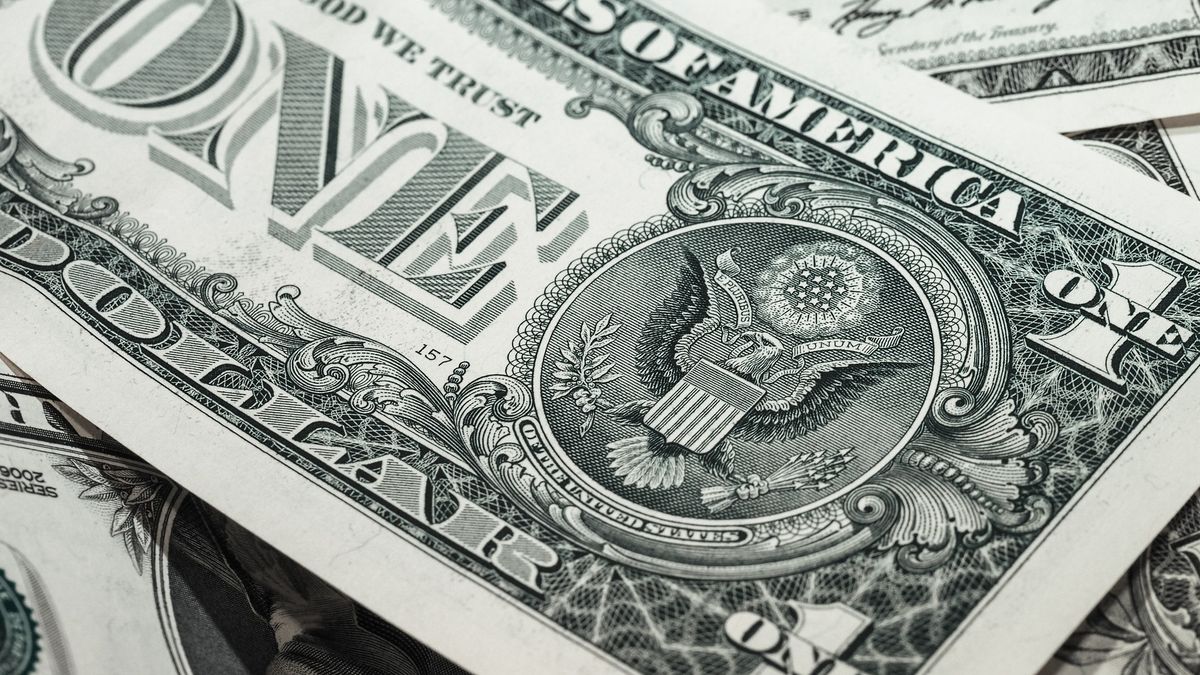Likewise, the gap with the official stood at 86%, the lowest level since November 12, 2021, due to the fact that the wholesale exchange rate, which is directly regulated by the Central Bank (BCRA), climbed in greater proportion.
With a little more momentum, the MEP or Stock Exchange dollar advanced $2.29 to $197.60, which left a spread with the official of 82.7%.
In February, stock prices had fallen by 10.1% ($22.43), in the case of the CCL, and by 8.5% ($18.17), in the case of the MEP.
“Operators remain attentive to the post-agreement strategy with the IMF, which has already been giving signs through the acceleration of the ‘crawling-peg’, the rise in rates and the flexibilizations in the operation of public securities. The financial dollars continue to go through a stage of limited back and forth, after deflating from the maximums, since a greater demand for vehicles in local currency is being activated through operators with tactical bets that are oriented towards carry-trade'”, pointed out the economist Gustavo Ber.
Argentina and authorities of the International Monetary Fund (IMF) reached a final agreement to refinance a debt close to 45,000 million dollars with payments from 2026, both parties said in separate statements.
The agreement between Argentina and the International Monetary Fund (IMF) entered the Chamber of Deputies this afternoon and will begin to be debated on Monday in the Budget Committee of the Lower House, with the presence of the Minister of Economy, Martín Guzmán, and other executive branch officials.
This is the first time that an agreement with the IMF has been sent to the National Congress for approval.
The shipment – which entered shortly after 2:00 p.m. – consists of 137 pages and is divided into four documents: the bill with four articles, the message from the Executive Power signed by President Alberto Fernández and two attached annexes.
It is expected that the parliamentary debate on the IMF issue will be against the clock given that Argentina faces a maturity of some 2,800 million dollars on March 22, which could be avoided if the agreement is approved.
Simultaneously, the blue dollar registered its biggest weekly drop in more than 15 months, according to a survey carried out by Ámbito in the Foreign Exchange Black Market. This way, the gap with the officer falls below 90% for the first time since October 20 last year.
After collapsing $7 in the previous two rounds, the bill fell another $3 to $201 this Friday, March 4, 2022. Consequently, the spread between the blue dollar and the wholesale exchange rate fell to 85.8%.
The informal price came from having a stable week prior to the carnival holidays, although it remained the most expensive exchange rate in the market since the CCL sank to the $200 zone.
official dollar
The dollar today -without taxes- advanced $1 this week to $113.69 (+21 cents this Friday, March 5, 2022), according to the average in the main banks of the financial system. In turn, the retail value of the currency at Banco Nación remained at $113.
The wholesale dollar, which is directly regulated by the BCRA, added 73 cents to $108.13 (+10 cents today).
The Central Bank (BCRA) maintained a positive streak by buying some US$25 million, with which in the first month of March it accumulated a balance of US$90 milliona fact that may encourage expectations of an incipient recovery of reserves in a scenario of less tension on the market due to the diffusion of the principle of agreement with the International Monetary Fund.
It should be remembered that the monetary authority sold more than US$270 million last week and accumulated a negative balance of some US$190 million in February. It was the fourth month in a row with a negative result.
“The restrictions to access foreign exchange operations are maintained and in some cases are accentuated, giving rise to a favorable scenario for the monetary authority to gradually recover international reserves,” said analyst Gustavo Quintana.
During the wheel The US currency traded with a selling trend on a day with less traded volume than in the previous ones. The prices moved from higher to lower, translating the dominance that was gradually exerting the supply of foreign currency.
Today’s highs were made shortly after the start of trading at $108.17, fourteen cents higher than the previous end. The supply of foreign currency was installed with relative intensity in the development of operations, exerting pressure on prices that, with successive falls, translated the downward trend as a result of the improvement in genuine income. The Central Bank once again took advantage of the situation with purchases that absorbed the surplus of foreign currency and defended the price at the low of the date, recorded at $108.13.”
Source: Ambito
David William is a talented author who has made a name for himself in the world of writing. He is a professional author who writes on a wide range of topics, from general interest to opinion news. David is currently working as a writer at 24 hours worlds where he brings his unique perspective and in-depth research to his articles, making them both informative and engaging.




